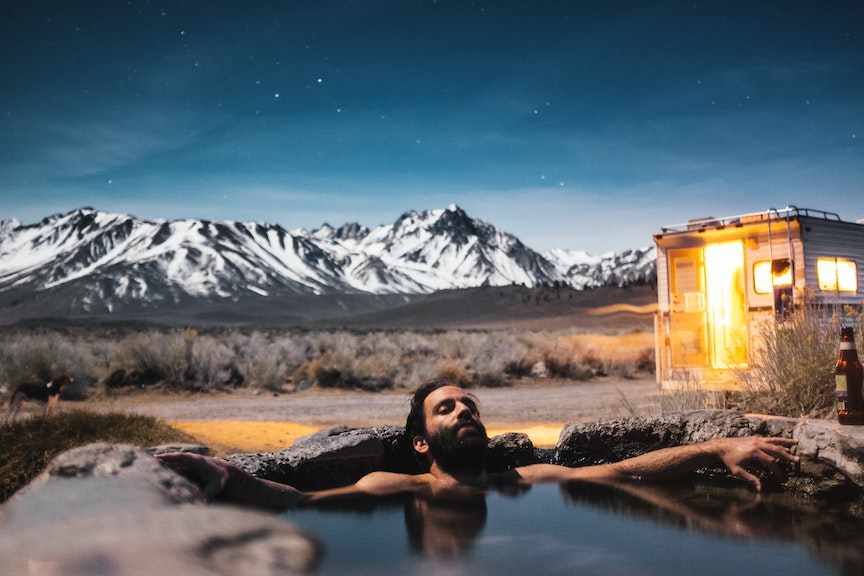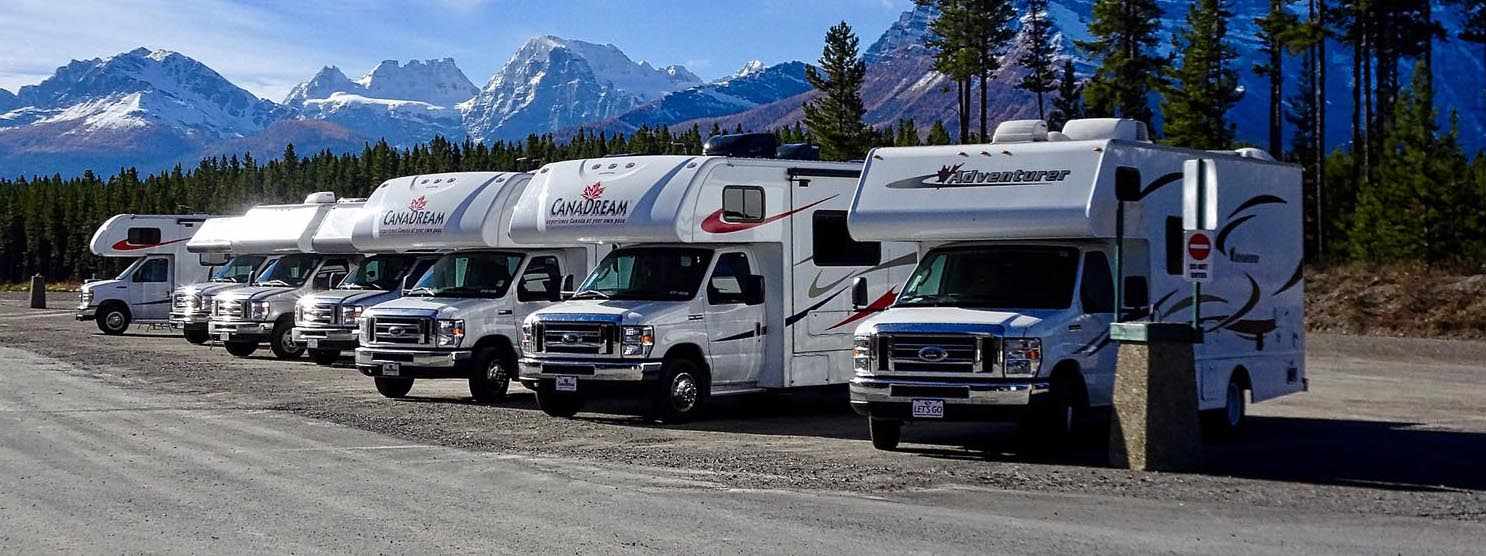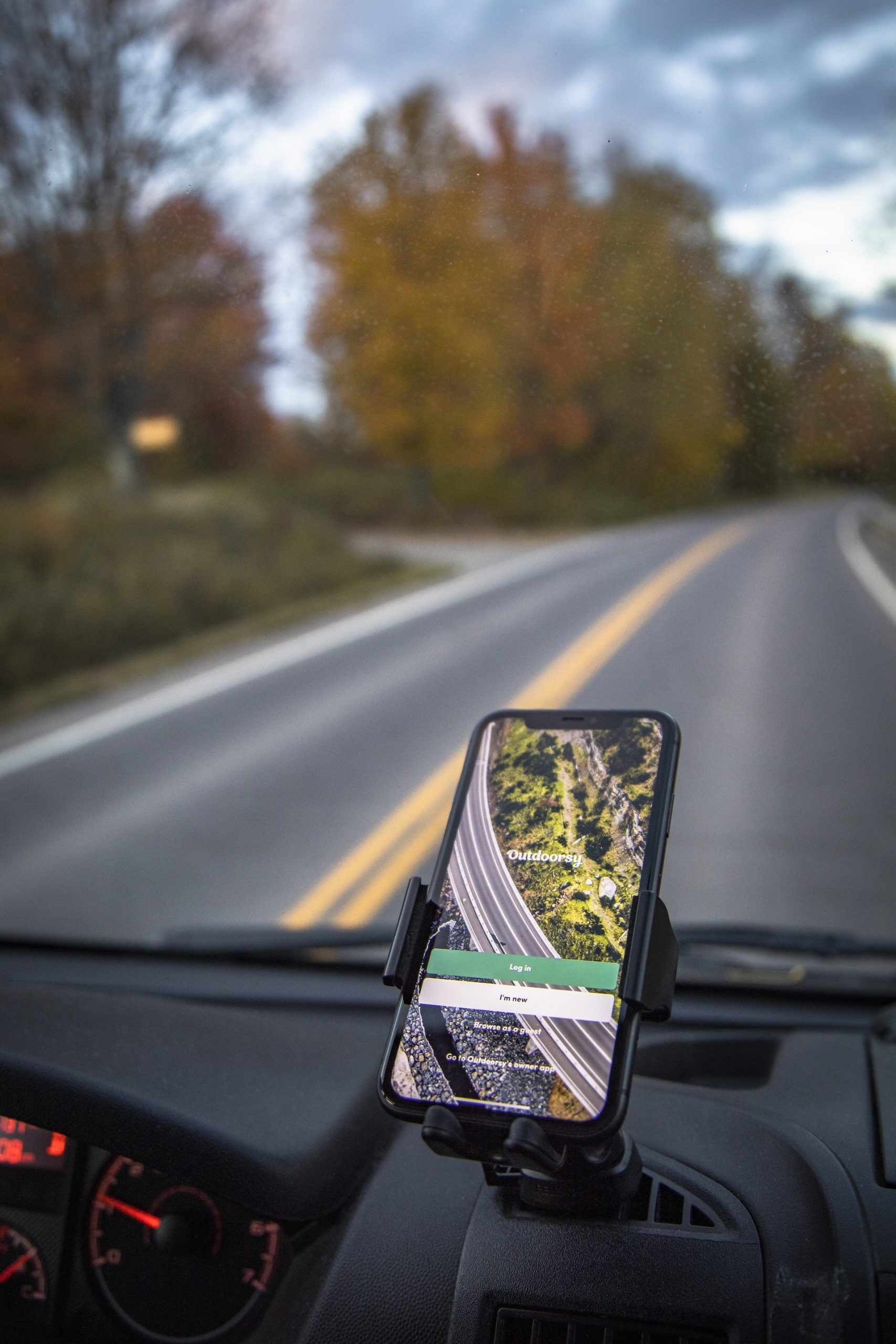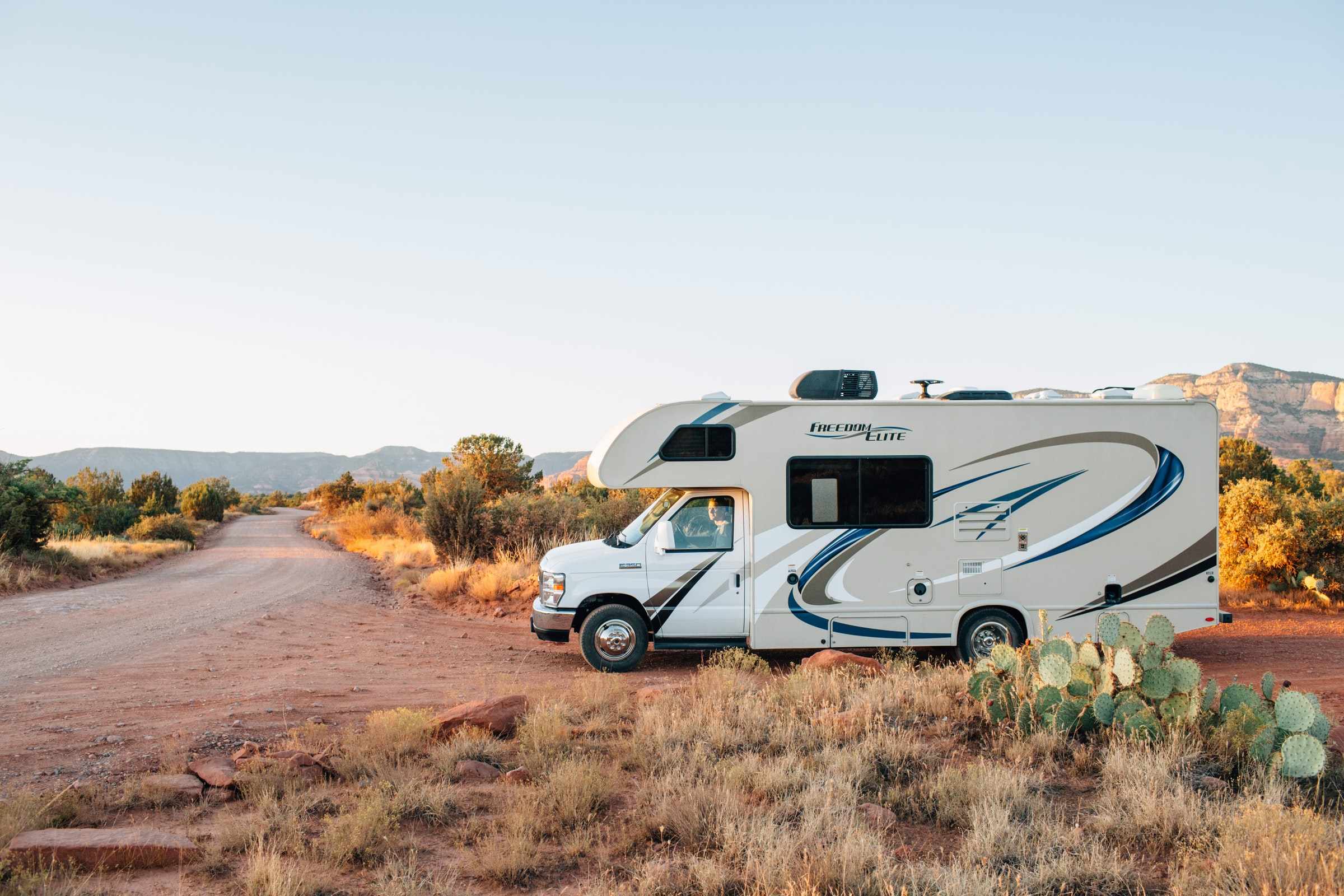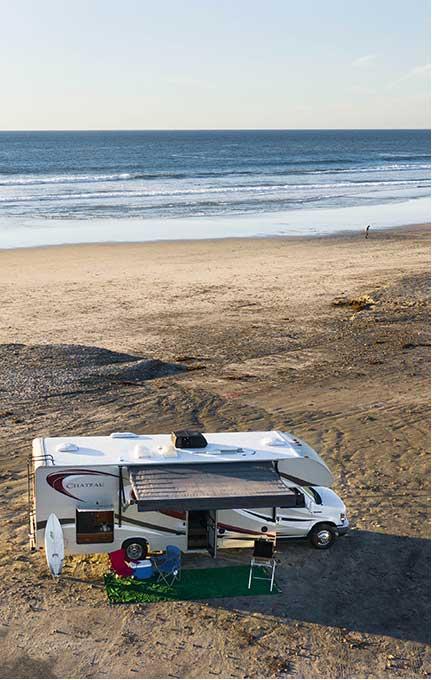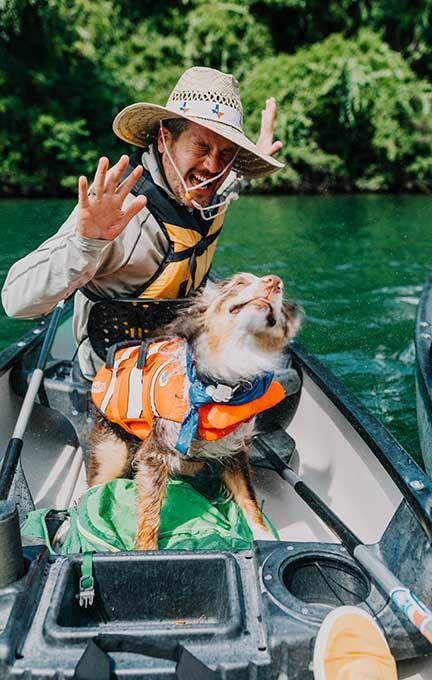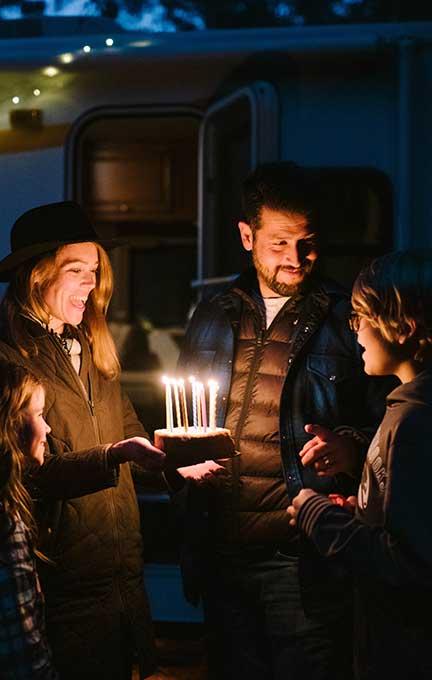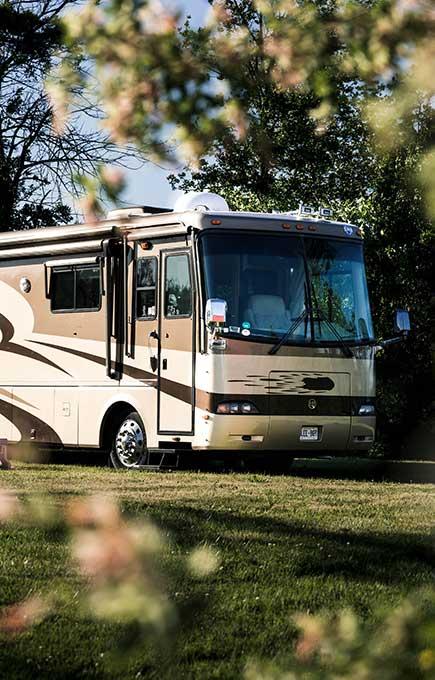
Nuovo e degno di nota.
Guide e risorse.
Pronti a partire.
Viaggia come desideri.
Sii il primo a ricevere un mucchio di ispirazione sulla destinazione e codici sconto.
Ci prendiamo cura della protezione dei tuoi dati. Leggi la nostra politica sulla privacy


